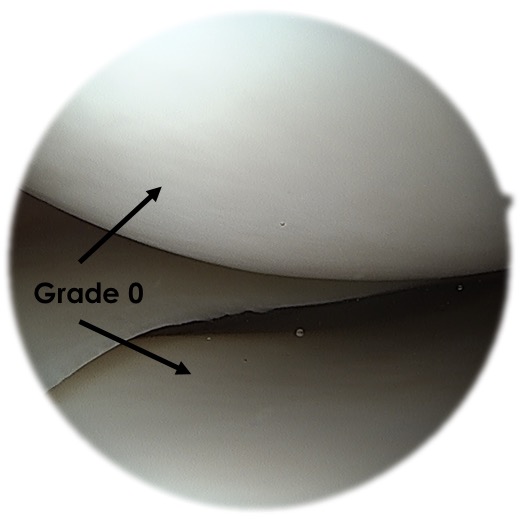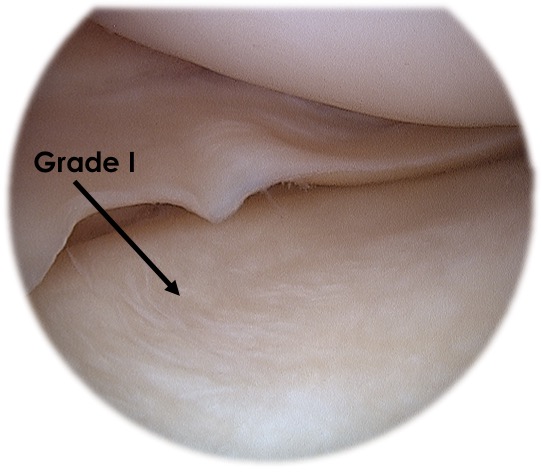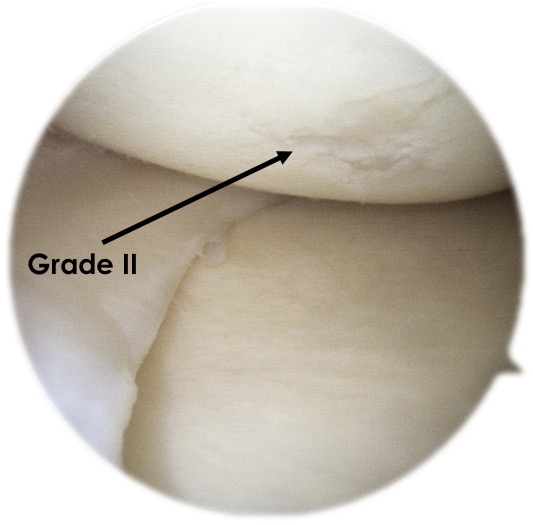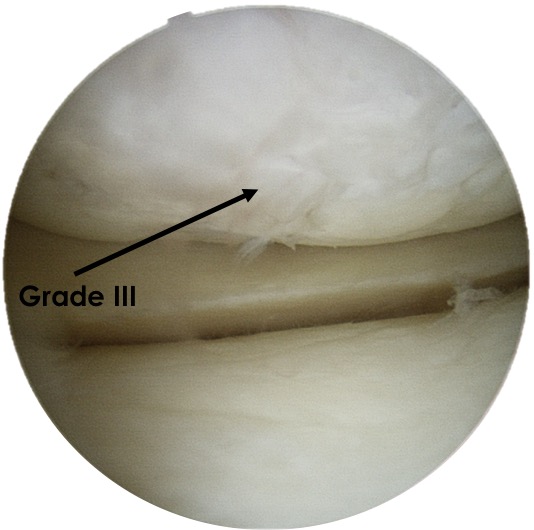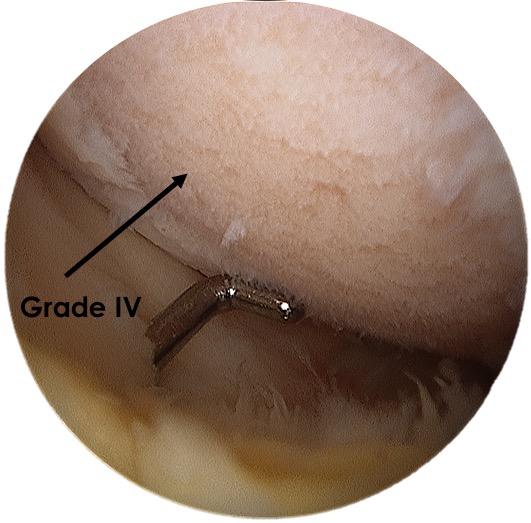Cartilage Grading : Outerbridge Scale
/In review, articular cartilage is the smooth, gliding surface covering the bones at our joints. This unique and complex surface is an elastic-like, load-bearing cushion that allows joints to move in a frictionless, smooth manner. This surface has poor healing properties and can not repair itself, as it does not have blood vessels, lymphatics or nerves. Its complex composition and poor healing properties make treating and repairing articular cartilage injuries a significant challenge.
Articular cartilage can be injured with normal wear and tear that comes with increasing age, genetics/hereditary, inactivity, obesity, overuse, chronic inflammation, bone malalignment, or high-repetition/torsional joint motion seen with contact athletics or traumatic injury.
By definition, arthritis means “joint inflammation”, and in osteoarthritis the joint inflammation is caused by wear or damage to the articular cartilage surface.
There are several different grades of articular cartilage damage and when performing an arthroscopic surgery, we grade the degree of cartilage wear/injury with the Outerbridge Scale; this scale ranges from 0 (no cartilage damage) to 4 (most severe cartilage damage):
- Grade 0 - Normal cartilage.
- Grade 1 (I) - Articular cartilage has softening and swelling.
- Grade 2 (II) - Articular cartilage has a partial-thickness defect with fissures on the surface that do not reach subchondral bone or exceed 1.5 cm in diameter.
- Grade 3 (III) - Articular cartilage has fissuring to the level of subchondral bone in an area with a diameter more than 1.5 cm.
- Grade 4 (IV) - Articular cartilage is worn to the extent that there is exposed subchondral bone.
